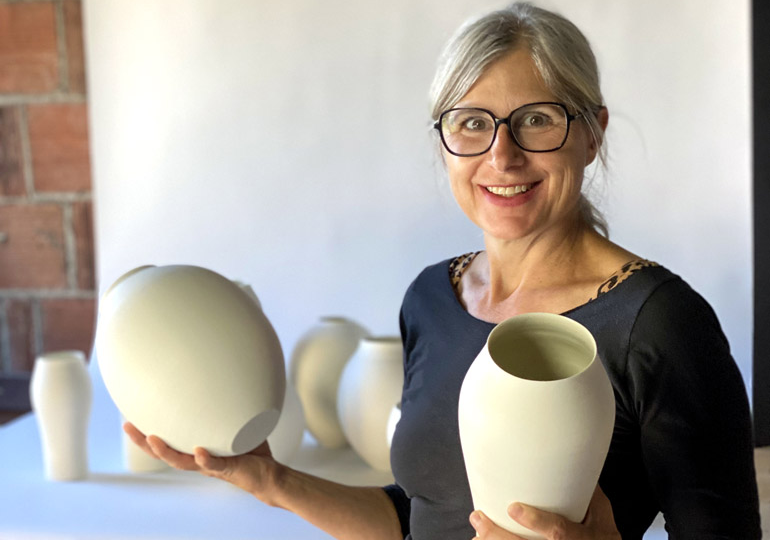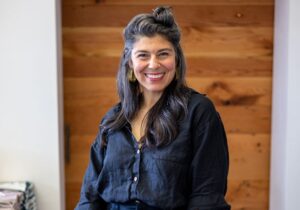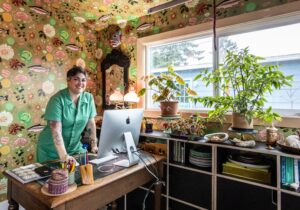Lilith Rockett, the Portland ceramic artist whose work inspires top chefs, creates visual canvases for the table.
The first time Portland ceramic artist Lilith Rockett worked with a chef to develop tableware, it was Matthew Lightner, who was on his way to New York to open Atera. Rockett made about 19 different designs to present to him — all in her signature unadorned, minimalist style. “It was both terrifying and thrilling,” Rockett says. Lightner ended up ordering 20 of each design. In the years since, Rockett, who works from her studio in the Sunnyside neighborhood, has become a favorite of star chefs for her tableware, handmade forms that elevate the visual experience of food without competing with it.
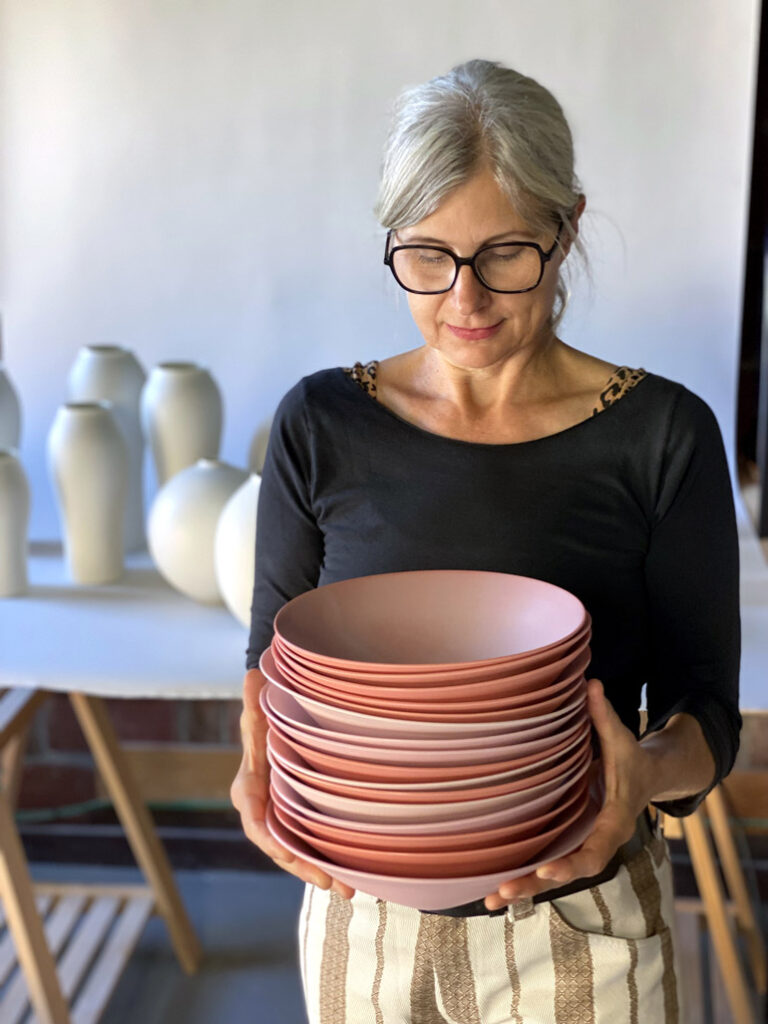
Your work is so beautiful, but your products also have such a specific, functional use.
I just really love making things that people can interact with intimately and in a regular way. That can be the tableware you eat your meals from, the cups you bring to your lips, the vessel you use to brew your tea. I put a lot of consideration into how a piece will feel in the hand, how comfortable it is to drink from, the subtle qualities that make a piece feel like the one you always reach for.
What drew you to porcelain?
I began working with porcelain very early on as I really loved the way it looked and all the ways the material could express itself. Translucent porcelain is not an easy material to work with, but I decided it was better to learn how to work with the material I liked rather than something that didn’t excite me as much. Today I work with all kinds of materials, depending on the desired effect, but I still prefer porcelain. It just really feels good moving through your hands.
And it’s a fabulous fit for the style you work in.
I am drawn to clean lines and unadorned surfaces that draw attention to the qualities of the material rather than those things being hidden under decoration. I’m really interested in form and quiet details, like a slightly undulating rim. Restraint has always guided me and taught me to bring everything I could out of the material.
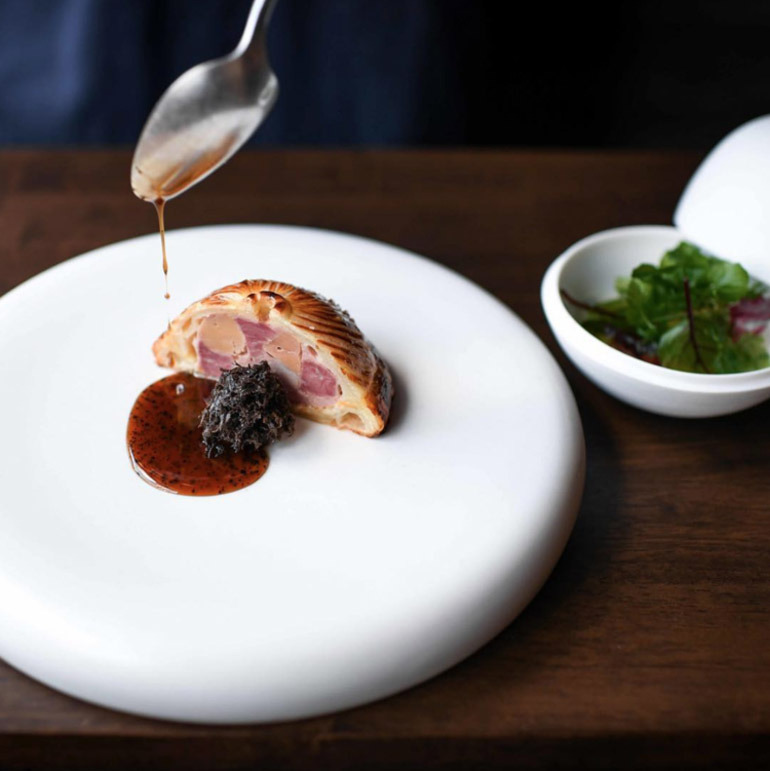
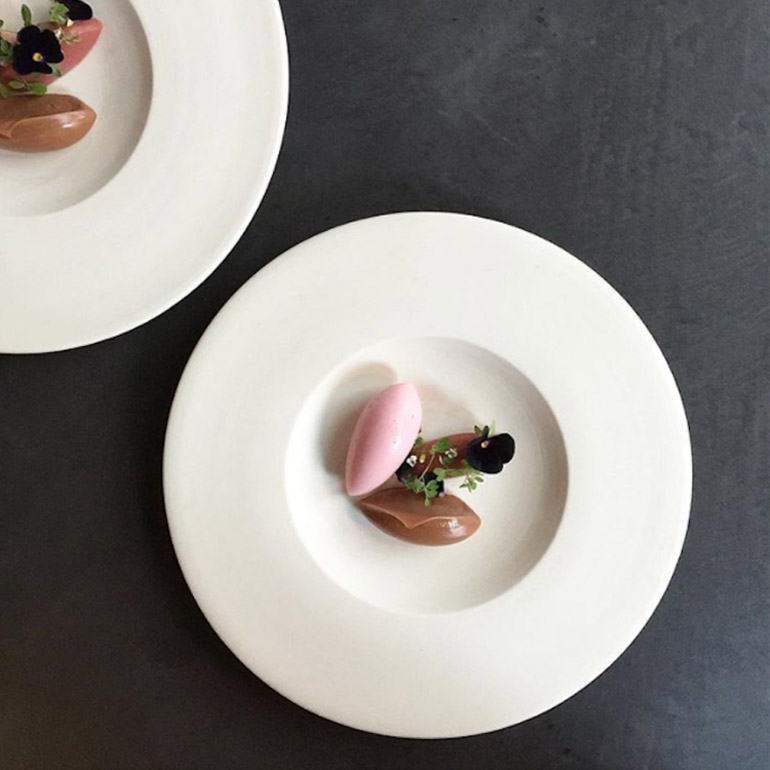
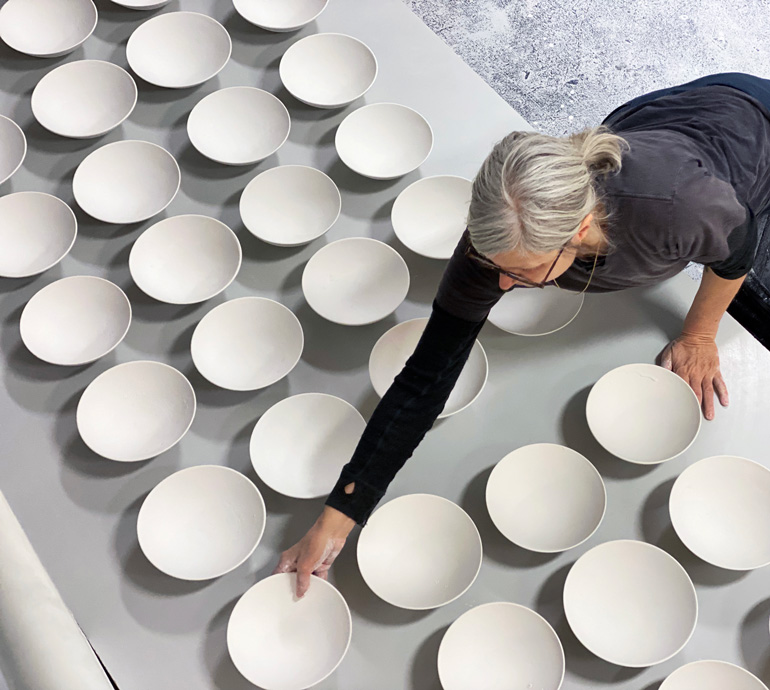
You started working with Matt Lightner and have gone on to work with many other renowned chefs.
My process has not changed very much over the years. I still work with chefs who appreciate my work and aesthetic, and so encourage me to create work that will also inspire their work. We will discuss general things like forms for certain dishes, and then more evocative suggestions reflecting the seasons or the feeling of a storm, for example. The beauty of these relationships is that each collection is unique to the chef and the restaurant.
So it’s like you’re in a conversation with the chef.
Yes, we always start our conversations around filling out a base collection to work from. As restaurants get going, there will be pieces that are requested to fill in gaps in the collection or to add something special for a particular dish they have in mind. Sometimes they request seasonal colors or forms, or want to see something interesting to spark their imagination for a new dish.
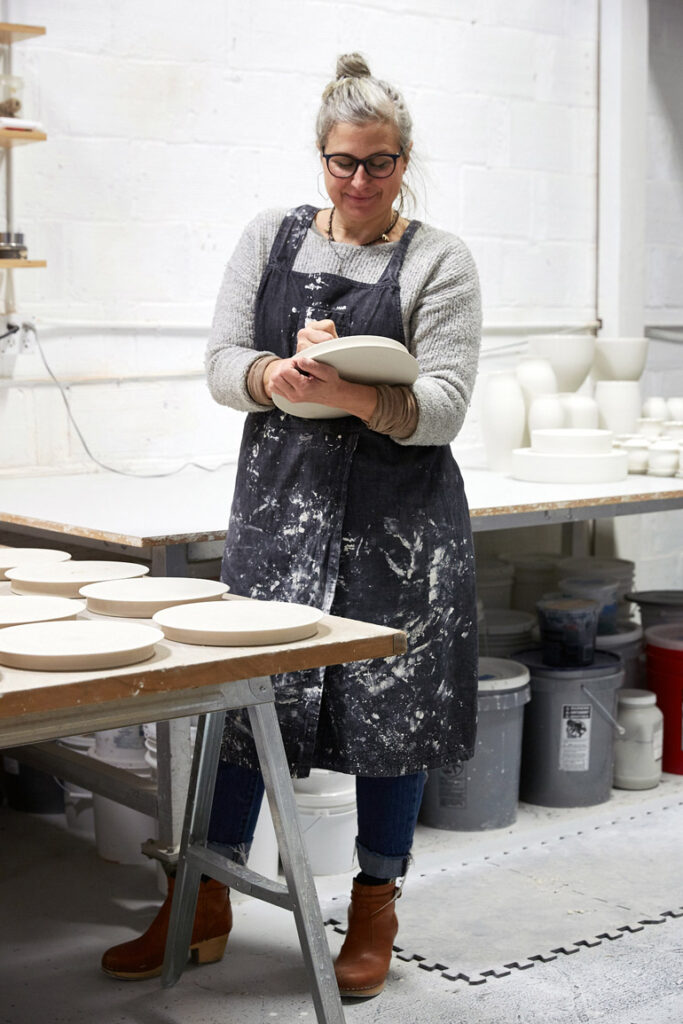
It must change the experience to dine on handmade forms.
I think what chefs respond to is that my work is both organic and refined. Each piece of a given form is slightly, subtly different so that each stands on its own and gives more interest to a table. It is a quiet difference, but it makes one realize that the pieces are made by hand and not machine-made. It adds another aesthetic layer to the experience without taking away from the central focus of the culinary offering.
You also live with your products at home.
Home is where most of my seconds and test pieces live and are well loved. It’s the best product-testing lab you can have. It gives me the opportunity to get a deep understanding of how things feel in the hand, how they will wear over time, which pieces are easiest to use, which ones we reach for most and which details are most exciting to discover.




